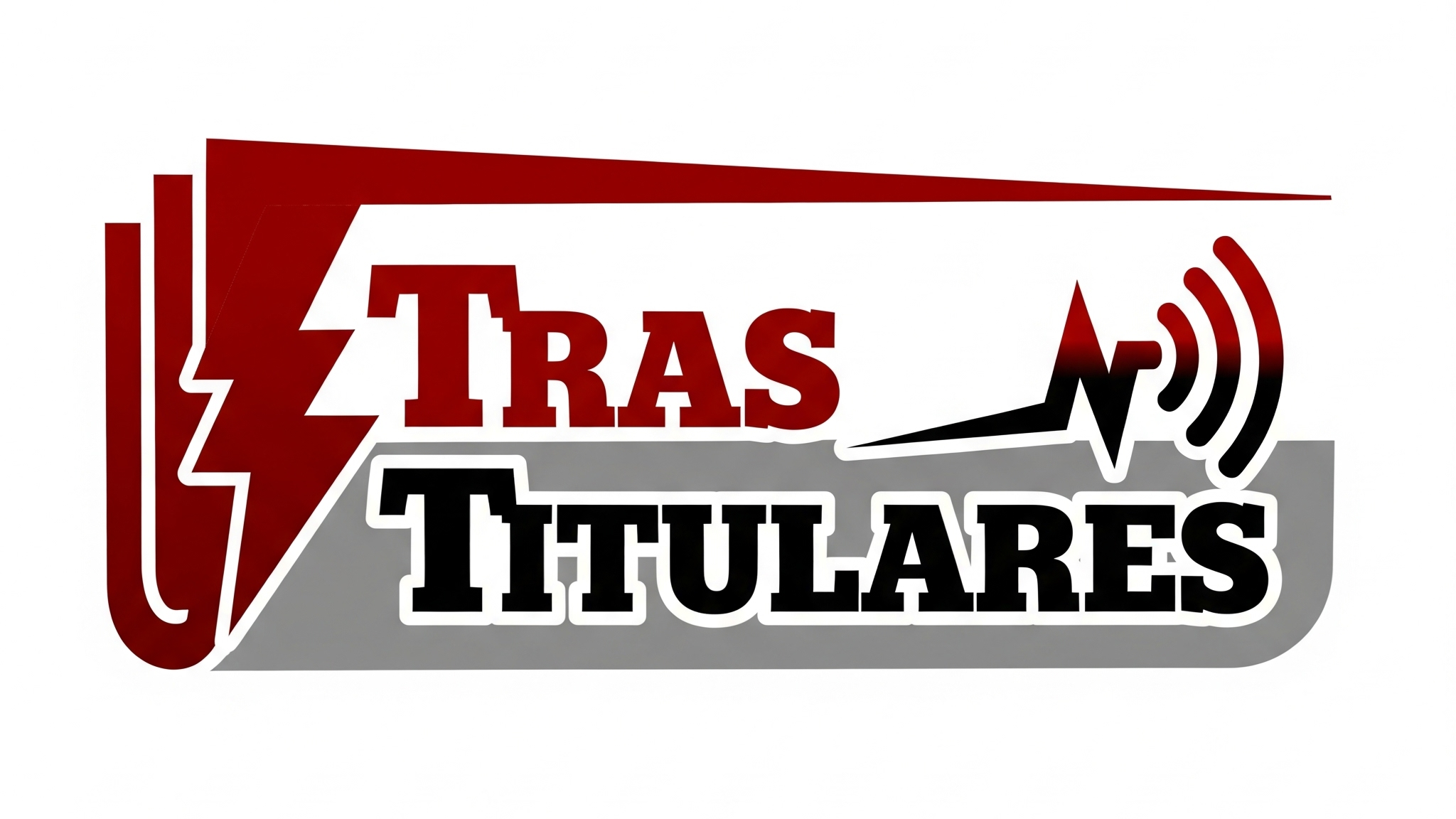Mexico’s financial landscape is undergoing a dramatic shift, fueled by antitrust investigations, shifting automotive production, regulatory crackdowns, rising insecurity, and surprisingly rapid poverty reduction. This analysis unpacks these key developments, offering “Decoded” insights into the underlying forces shaping Mexico’s economy.
1. A Credit Card Cartel
A leaked report from Mexico’s antitrust commission accuses 21 banks—including HSBC, Santander, and Scotiabank—of colluding to fix fees on deferred credit card payments and blocking competitors through coordinated surcharges. Mexican banks post after-tax ROEs higher than 80% of global peers, thanks to concentrated market power. Regulators ignored it for years, but with Sheinbaum prioritizing credit access, the bankers’ reign may be ending.
2. Bye, bye Nissan
Nissan will close its historic CIVAC plant in Morelos by March 2026—first factory opened outside Japan. Nearly 4,800 jobs are on the line as the automaker consolidates production in Aguascalientes. The move reflects Nissan’s retreat amid the EV slowdown and renewed U.S. protectionism under Trump. With most Mexican output heading north, the company is bracing for tariff storms ahead.
3. Uber and DiDi’s Illegality Stops Being Fun
After a woman died on a DiDi Moto ride, Mexico City is cracking down on illegal motorcycle passenger services offered by apps—banned since 2023. The platforms insist they’re “private transport” to skirt the law. Mototaxis are up to 40% cheaper and much faster in a city where drivers lose 152 hours a year in traffic—but the risk is brutal: in just the first quarter of 2025, 7,500 crashes left 4,050 injured and 54 dead.
4. Insecurity Climbs —Sheinbaum Feels the Heat
Perceived insecurity rose to 63% in Q2 2025, up from 59% a year ago—the first increase since 2018. Wealthy San Pedro Garza García is calm at 11%, while Ciudad Neza, a fabela-like suburb on the edge of Mexico City, tops the fear index. The spike is mostly explained by Culiacán and Mazatlán, two cities trapped in a cartel turf war since kingpin Mayo Zambada was snatched and handed over to U.S. authorities.
5. Mexico Cuts Poverty at Record Speed
My preliminary ENIGH microdata calculations show 9.9 million Mexicans rose above the poverty line between 2018 and 2024, cutting the rate to 32.2%—four times the drop seen from 2008 to 2018. Labor reform drove the gains —minimum wages doubled nationwide and tripled along the U.S.-Mexico border. But social transfers, the government’s flagship tool, only cut poverty by 2.4 points, leaving extreme poverty barely reduced.
Fuente: https://www.mexicodecoded.com/p/credit-card-cartels-nissans-farewell

